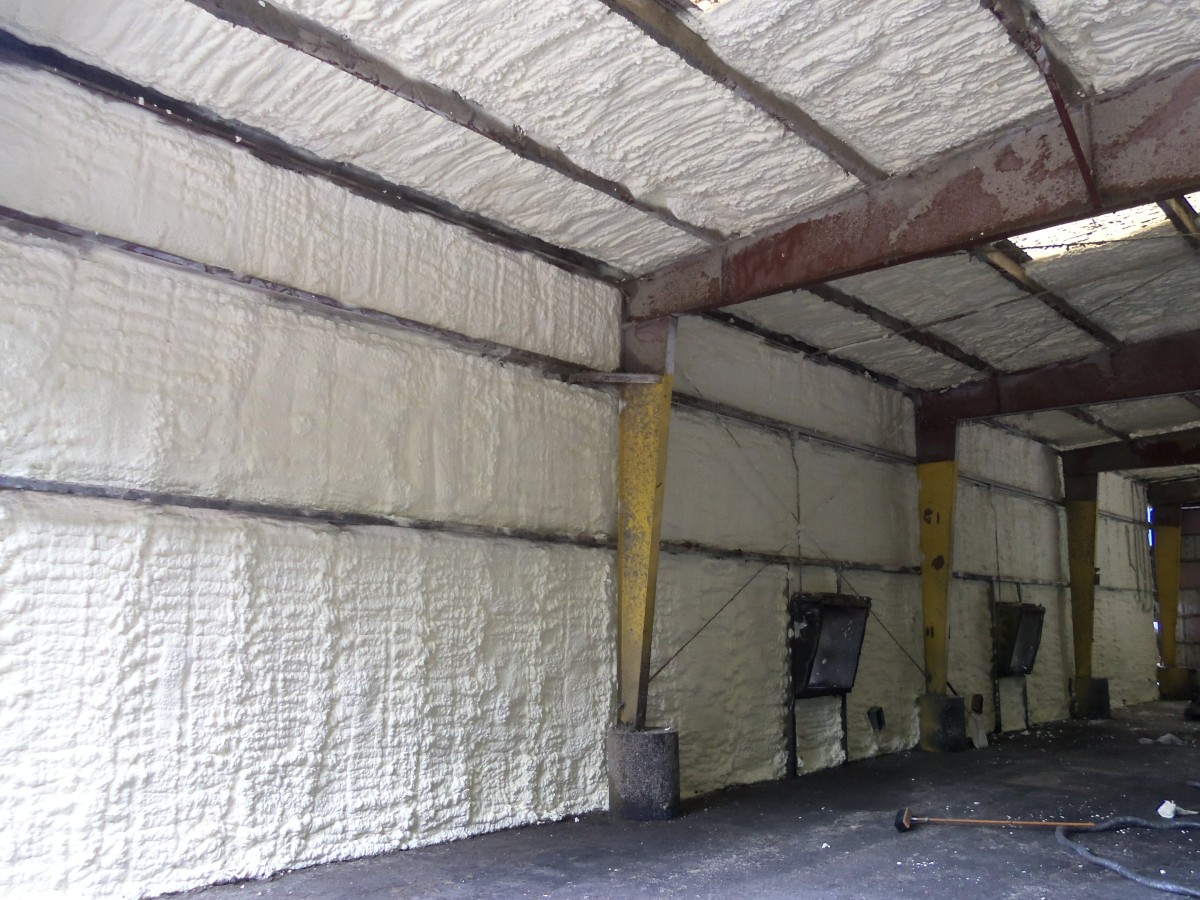When it comes to insulating your home, two popular options stand out: spray foam insulation and fiberglass insulation. Each material has its own set of characteristics, benefits, and drawbacks. In this in-depth comparison, we will explore the differences and similarities between spray foam insulation and fiberglass insulation to help you make an informed decision for your specific insulation needs.
- Material Composition
Spray Foam Insulation:
- Spray foam insulation is a two-component mixture that, when combined and sprayed onto a surface, expands to fill gaps and crevices. The two primary types of spray foam are open-cell and closed-cell, which have distinct characteristics.
- Open-cell spray foam is made up of tiny cells filled with air, making it less dense and allowing for greater flexibility and sound absorption.
- Closed-cell spray foam consists of sealed cells filled with gas, resulting in a rigid and denser material with a higher R-value (thermal resistance) and moisture resistance.
- Fiberglass insulation is made from fine glass fibers and is available in rolls, batts, or loose-fill form. It is known for its thermal insulating properties.
- Fiberglass insulation is typically lightweight and non-combustible. It is available in various R-values, allowing for different levels of thermal resistance.
- Thermal Performance
Spray Foam Insulation:
- Closed-cell spray foam has a higher R-value compared to open-cell foam, making it one of the most thermally efficient insulation materials available.
- It effectively seals gaps and provides a continuous layer of insulation, reducing heat transfer and improving energy efficiency.
Fiberglass Insulation:
- Fiberglass insulation also offers good thermal performance with a wide range of R-values. However, it may not provide as effective an air seal as spray foam.
Comparison:
- In terms of pure thermal performance, closed-cell spray foam is superior to fiberglass insulation. It minimizes air infiltration and offers higher R-values, resulting in better energy savings and comfort.
- Installation Process
Spray Foam Insulation:
- The installation of spray foam insulation typically requires professional expertise due to the specific equipment and safety precautions involved.
- It is sprayed onto surfaces and expands to fill gaps, ensuring a seamless and airtight barrier.
Fiberglass Insulation:
- Fiberglass insulation can be installed by homeowners as a DIY project or by professionals. It is available in pre-cut batts or rolls that can be fitted between studs and joists.
- It is relatively easier to work with for those with basic home improvement skills.
Comparison:
- Fiberglass insulation is more DIY-friendly, while spray foam insulation often necessitates professional installation due to its specialized application and potential health risks during installation.
- Air Sealing
Spray Foam Insulation:
- Spray foam excels in air sealing, preventing air infiltration through gaps and cracks, which can lead to energy loss and drafts.
- It creates a seamless barrier when applied correctly, reducing the need for additional air sealing measures.
Fiberglass Insulation:
- Fiberglass insulation can provide thermal resistance but may not act as a complete air barrier. Additional measures like sealing gaps with caulk or using an air barrier are often required.
Comparison:
- Spray foam insulation is the clear winner when it comes to air sealing, providing superior performance in reducing air leakage.
- Moisture Resistance
Spray Foam Insulation:
- Closed-cell spray foam is resistant to moisture and can act as a vapor barrier. It is suitable for use in areas with high humidity or where moisture intrusion is a concern.
- Open-cell spray foam, on the other hand, is not moisture-resistant and may require additional moisture control measures.
Fiberglass Insulation:
- Fiberglass insulation can absorb moisture and may lose its insulating properties when wet. It should be protected from moisture to maintain its effectiveness.
Comparison:
- Closed-cell spray foam excels in moisture resistance, making it an ideal choice for areas prone to moisture problems, while fiberglass insulation is more susceptible to moisture damage.
- Sound Insulation
Spray Foam Insulation:
- Both open-cell and closed-cell spray foam offer soundproofing properties due to their ability to fill voids and reduce noise transmission.
Fiberglass Insulation:
- Fiberglass insulation is also effective at reducing sound transmission to some extent but may require additional soundproofing measures for optimal results.
Comparison:
- Both spray foam and fiberglass insulation can provide sound insulation benefits, but spray foam may offer better soundproofing capabilities.
- Environmental Impact
Spray Foam Insulation:
- The environmental impact of spray foam insulation depends on the specific product. Some formulations contain blowing agents that contribute to greenhouse gas emissions.
- Choosing low-global warming potential (GWP) spray foam can reduce its environmental impact.
Fiberglass Insulation:
- Fiberglass insulation is made from recycled glass and sand, making it a relatively eco-friendly option. It is non-toxic and non-allergenic.
Comparison:
- Fiberglass insulation is generally considered more environmentally friendly due to its recyclable and non-toxic nature, while the environmental impact of spray foam depends on the specific product and its GWP.
Conclusion
The choice between spray foam insulation and fiberglass insulation depends on your specific needs, budget, and project requirements. Spray foam insulation, particularly closed-cell, excels in terms of thermal performance, air sealing, moisture resistance, and sound insulation. However, it typically requires professional installation and may have environmental concerns. Fiberglass insulation is budget-friendly, DIY-friendly, and environmentally friendly but may require additional air sealing measures and can be less effective in certain applications.
Ultimately, the decision should be made after considering your specific goals and consulting with a professional insulation contractor. Each type of insulation has its merits, and choosing the right one for your project will result in a comfortable, energy-efficient, and well-insulated home and steel buildings.

